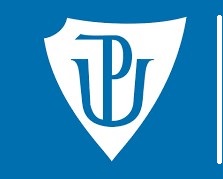
Olomouc
|
Quantum Non-Gaussian Physics
Small oscillators are everywhere around us, in clocks, computers, mobiles, but also in musical instruments, or biological cells, genes and neurons. Becoming smaller and smaller, that is why their principles are more and more under counter-intuitive rules of atoms and photons. Linear quantum oscillators are elementary physical systems with a large capacity simultaneously exhibiting both continuous wave and discrete particle quantum interference features. Despite their quantum noise is ideally only Gaussian in their oscillatory amplitudes they have an increasing number of applications in science and technology beyond the framework of classical physics. Quantum metrology, communication, simulation, computation and also quantum engines broadly use linear quantum oscillators. New highly nonlinear oscillators with non-Gaussian physics currently opens entirely new teritory. Quantum optics, atomic physics, solid-state physics, condense-matter physics, quantum electromechanics and optomechanics, quantum cavity/circuit electrodynamics and physics of trapped atoms/ions are excellent platforms for testing and understanding of these nonlinear quantum phenomena and bringing them close to applications. Majority of high-order
nonlinearities, underlying non-Gaussian quantum phenomena It is an adventure and the chance right now. Our
way to understand, engineer and explore them is based on five consequative steps:
1. Understanding real physics and resources in lab 2. Inventing adequate theory understandable for a broad audience 3. Applying theory to blue sky thinking and edges of physics 4. Proposing illustrative and feasible experiments 5. Formulating well-defined applications and future concept JOIN US! JUST SEND AN EMAIL! WE WILL TALK ABOUT JOINT RESEARCH INTEREST.
For even more
details, you can see the List of Publications and Team, Collaborations,
Grants.
|